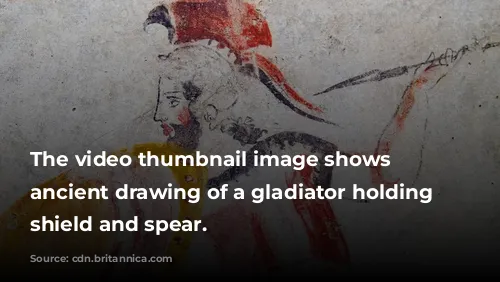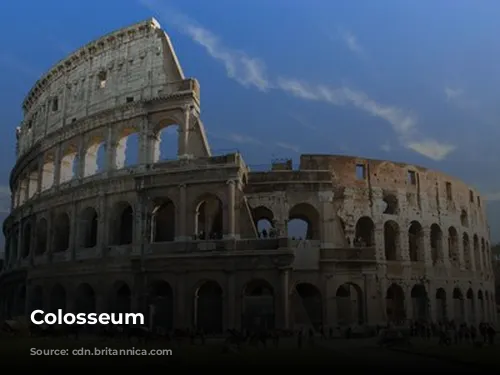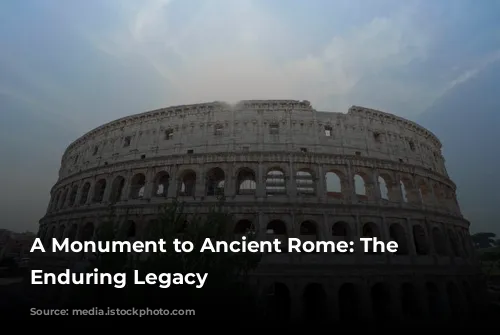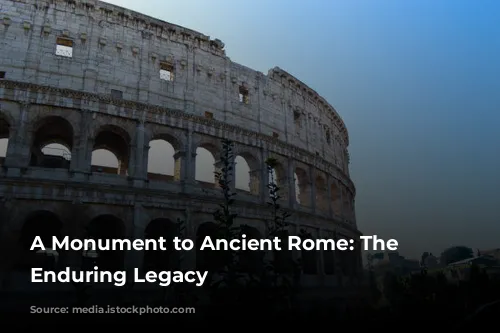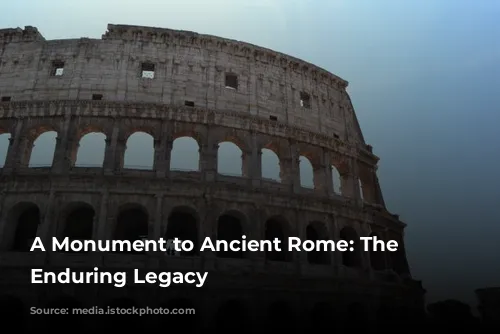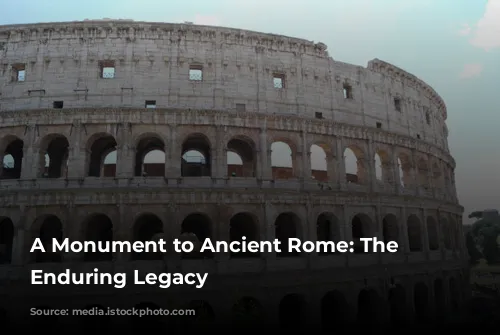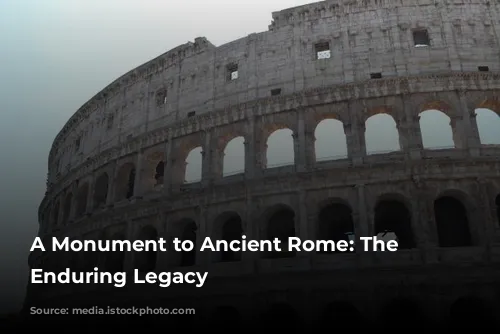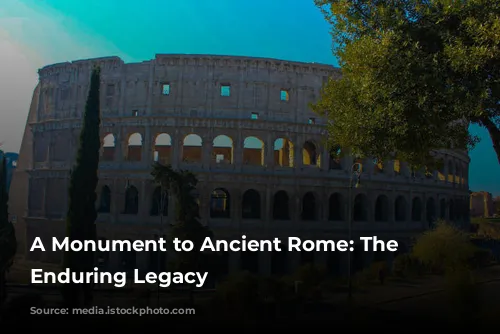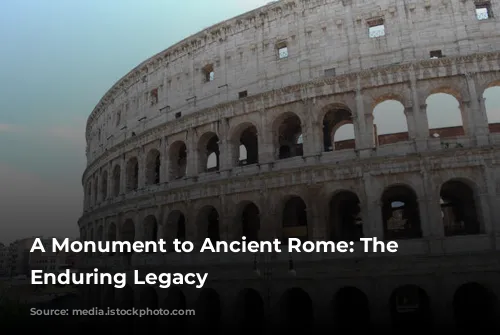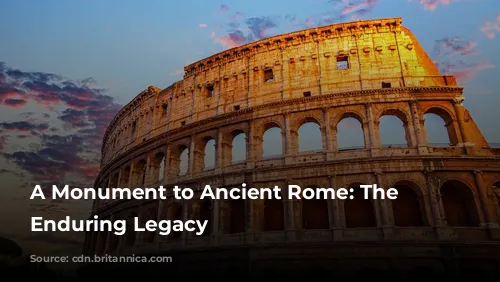The Colosseum stands as a powerful testament to ancient Rome’s architectural and engineering prowess. It is one of the few structures from that era that has survived relatively intact. Not only is it a symbol of Rome’s glorious past, but it also contributes significantly to the Italian economy. In 2018, the Colosseum, Roman Forum, and Palatine Hill together generated more than $63.3 million (€53.8 million), making it Italy’s top tourist attraction.
The Colosseum’s journey has been marked by both glory and decay. After the fall of the Western Roman Empire, the Colosseum fell into a state of disrepair. During the 12th century, the Frangipane and Annibaldi families used the arena as a fortress. In the late 15th century, Pope Alexander VI permitted the Colosseum to be used as a quarry, further contributing to its deterioration. It wasn’t until the 1990s that state-funded restoration efforts began to address the Colosseum’s long history of neglect.
A Symbol of Imperial Might: The Colosseum’s Construction
The Colosseum was built as part of a grand scheme to revitalize Rome following the tumultuous “Year of the Four Emperors” in 69 CE. Like other amphitheaters, Emperor Vespasian intended the Colosseum to be a hub for entertainment. It was designed to host thrilling gladiatorial contests, captivating animal hunts, and even elaborate mock naval battles.
Construction of the Colosseum began under Emperor Vespasian between 70 and 72 CE. The completed structure was dedicated in 80 CE by Vespasian’s son and successor, Titus. The Colosseum’s fourth story was added by Emperor Domitian in 82 CE. It’s important to remember that the arena was financed with spoils from Titus’s conquest of Jerusalem in 70 CE, and it was built by enslaved Jews from Judaea.
The Colosseum: A Marvel of Engineering
The Colosseum is an amphitheater built in Rome during the reign of the Flavian emperors of the Roman Empire. It is also known as the Flavian Amphitheater. This majestic elliptical structure, crafted from stone, concrete, and tuff, stands four stories high at its tallest point. Measuring 620 by 513 feet (189 by 156 meters), it had the capacity to hold up to 50,000 spectators. The Colosseum was renowned for its gladiatorial combat.
Construction of the Colosseum commenced sometime between 70 and 72 CE, during the reign of Vespasian. Its location, just east of the Palatine Hill, was once the site of Nero’s lavish Golden House. The artificial lake that was the centerpiece of that palace complex was drained to make way for the Colosseum. This decision was as much a symbol of change as it was practical. Vespasian, whose path to the throne was far from privileged, chose to replace the tyrannical emperor’s private lake with a public amphitheater that could accommodate tens of thousands of Romans.

A Stage for Spectacle: The Colosseum’s Use and Impact
The structure was formally dedicated in 80 CE by Titus in a ceremony that included 100 days of games. Later, in 82 CE, Domitian finished the project by adding the uppermost story. Unlike earlier amphitheaters, which were often built into convenient hillsides for additional support, the Colosseum stands as a freestanding structure of stone and concrete. It utilizes a complex system of barrel vaults and groin vaults, measuring 620 by 513 feet (189 by 156 meters) overall.
Three of the arena’s stories are encircled by arcades framed on the exterior by engaged columns in the Doric, Ionic, and Corinthian orders. The structure’s ascending arrangement of columns served as the foundation for the Renaissance codification known as the “assemblage of orders.” Travertine was used for the primary structural framework and façade, volcanic tufa for the secondary walls, and concrete for the inner bowl and arcade vaults.
The amphitheater accommodated about 50,000 spectators, who were protected from the sun by a massive retractable awning known as a velarium. Supporting masts extended from corbels built into the Colosseum’s top story, or attic. Hundreds of Roman sailors were needed to manipulate the rigging that extended and retracted the velarium. The Colosseum was the site of countless hand-to-hand combats between gladiators, contests between men and animals, and grander spectacles, including mock naval battles. However, it is uncertain whether the arena was the site of the martyrdom of early Christians.
Enduring Symbol: The Colosseum’s Modern Legacy
During the Middle Ages, the Colosseum served as a church and then as a fortress for two influential Roman families, the Frangipane and the Annibaldi. The Colosseum suffered damage from lightning, earthquakes, vandalism, and pollution. All the marble seats and decorative elements disappeared as the site was treated as little more than a quarry for over a thousand years. Preservation efforts for the Colosseum began in earnest in the 19th century, with notable contributions from Pius VIII. A major restoration project was undertaken in the 1990s.
The Colosseum remains one of Rome’s most iconic tourist attractions, welcoming nearly seven million visitors each year. Regularly changing exhibitions relating to ancient Roman culture are presented within its walls. The Colosseum continues to stand as a powerful symbol of ancient Rome’s legacy, attracting visitors from around the world and reminding us of the enduring power of its architecture, engineering, and cultural significance.
